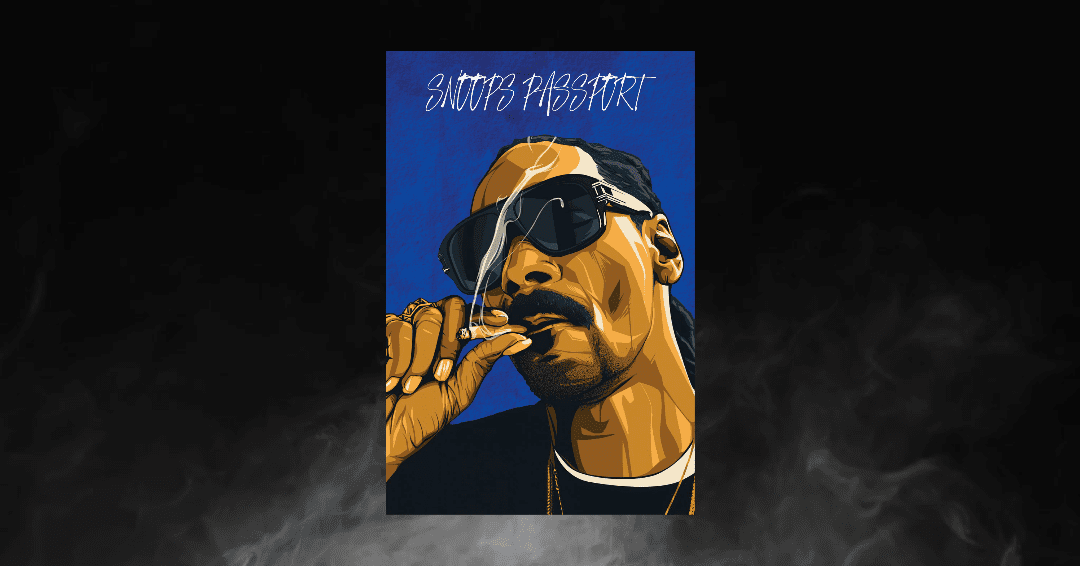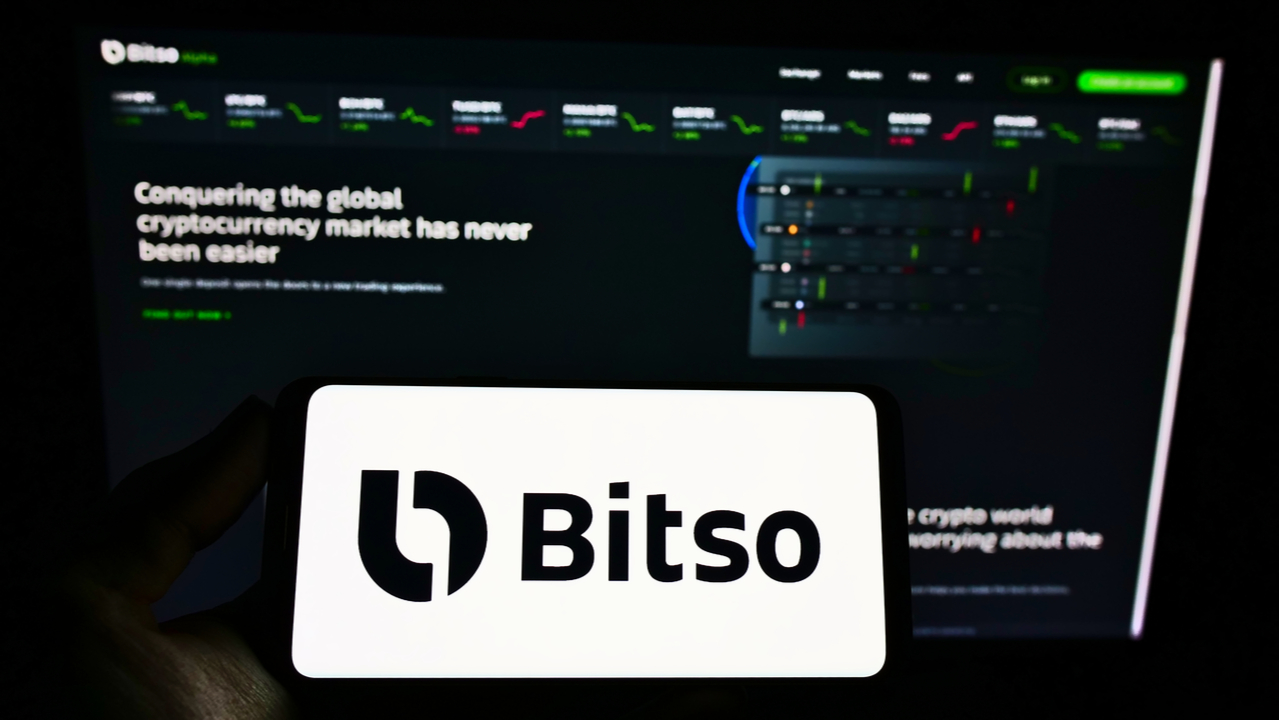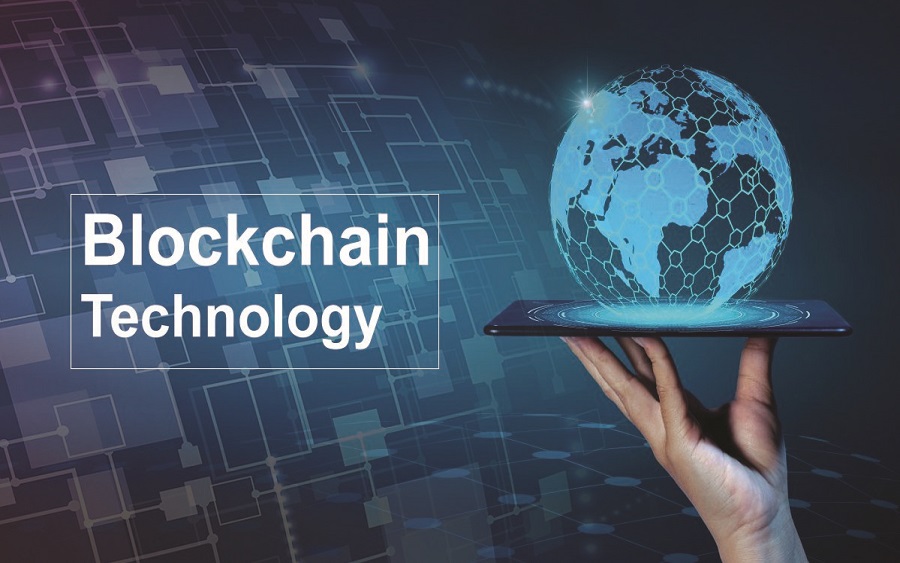Blockchain games under the microscope part 4: what lies ahead – The European Sting – Critical news and insights into European politics, economics, foreign affairs, business and technology


This article is brought to you thanks to the collaboration of The European Sting with the World Economic Forum.
Author: Abhimanyu Kumar, Co-Founder, Naavik, Alice Liu, Head of Research, CoinMarketCap Research
- The fourth in this four-part series considers the future of blockchain gaming.
- Infrastructure and distribution constraints continue to hold the sector back.
- Talent migration, the gaming model and regulation will also affect the outlook for blockchain gaming.
This four-part series dives deep into the recently published 2022 Blockchain Gaming Report to distill the key insights for readers. The first part looked at the potential for mass adoption of blockchain gaming, where players use blockchain technology to earn real-world assets. The second part looked at the speculation bubble in games to make money, and part three analyzed how the funding and guild landscape has changed. This final section considers the future of blockchain gaming.
What’s in store for blockchain gaming
The blockchain gaming industry has evolved a lot since its inception, showing glimpses of its potential, especially when it comes to creating a future for crypto technology. In terms of where blockchain gaming is headed, the following five key areas will be crucial.
1. Infrastructure
The most vital infrastructure to drive mass adoption of blockchain games is the one closest to the players: wallets. However, there is much room for improvement. Metamask is the wallet of choice for many, but there are several issues:
– Managing private keys is complicated and risky;
– Metamask is not mobile browser friendly; and
– Although there have been improvements, Metamask is not user-friendly.
Although many other non-custodial wallets are making progress, the report argues that there are two interesting potential solutions in the market. Sequence from Horizon is a non-custodial multi-chain wallet with multi-key support and functionality to pay gas fees in the user’s token of choice. It’s been in beta with Skyweaver (a game developed by Horizon) on mobile for at least a year, giving it a mobile support advantage for game developers. It comes with integrated network switches, token exchange, fiat on ramps and NFT display.
Stardust, a company that provides APIs to game developers, is another infrastructure solution. The company raised $30 million and is developing a core application that focuses on allowing game developers to integrate NFTs and blockchain into their games. It is compatible with Polygon, Immutable and Solana, and its custodial wallet, Stardust Vault, aims to hide the blockchain layer from players and developers alike. It will allow the wallet to integrate seamlessly with games in the background.
2. Distribution
Distribution is a key factor in achieving mass adoption of blockchain games. Major game distribution platforms are starting to adopt blockchain games. For example, Amazon Prime Gaming offered Blankos Block Party’s first non-fungible token (NFT) on the platform. The game was later also launched on the Epic Games Store, allowing players to purchase assets with a credit card. Since the Epic Games Store has 180 million users, the addition of Blanko’s Block Party will undoubtedly increase the number of registered accounts to two million.
Apple has also released new guidelines for NFTs. Game developers can now sell NFTs in apps through the in-app purchase system, although that will not exempt them from Apple’s 30% tax. While reactions to these guidelines have been mixed, the report says this increased clarity from Apple will significantly increase the presence of NFTs and web3 in mobile gaming and bring mass adoption of blockchain gaming much closer.
3. Talent migration
Talent migration towards blockchain game developers is underway. According to LinkedIn, every major game studio has expanded its team:
While the impact on the space won’t be immediate, this is very good news for the long-term development of blockchain gaming, resulting in games that are more enjoyable and built on the back of traditional gaming best practices.
4. Blockchain Gaming Model
Part 2 of this series covered the decline of the unsustainable play-to-earn model. Since 2021, the blockchain game model has evolved, from a focus on “get rich quick” games to earn, to free to own. Pioneered by Gabriel Leydon’s new company Limit Break, developers are realizing that scarce NFTs are not sustainable as gatekeepers. Instead of exorbitant NFT prices, free NFTs lower entry barriers and promote mass adoption.
Limit Break showcases this with its free release of DigiDaigaku NFTs. 2022 disappeared in no time and has since amassed $13 million in revenue on the secondary market, with a floor price of 11 ETH. Free-to-ow has a few more advantages:
– NFTs can be given away for free on mobile app stores without losing revenue;
– Free NFTs help involve players more easily than crypto tokens;
– Abundance of digital assets, rather than scarcity, helps mass adoption; and
– Free-to-own can generate massive headlines with marketing campaigns.
Discover
What is the World Economic Forum doing with the metaverse?
Experts believe that the metaverse will come to represent the next major computing platform, transforming consumer experience and business models across industries.
Fashion brands are one example. Over the years, clothing companies have perfected the design, production and distribution of clothing to anticipate consumer wants and needs in line with seasonal changes. But today, most of their revenue is eclipsed by Fortnite’s $3 billion worth of digital cosmetics sales, which have a cultural significance that extends far into the physical world.
This is one of the economic opportunities of the metaverse – the opportunity to “activate” digital content, creating a framework for digital ownership for users. If replicated at scale and across sectors, entire industries will be reshaped by changes in their traditional value chains.
However, the promise is dependent on the advancement of several key technologies, including augmented, virtual and mixed reality (collectively known as XR), as well as blockchain, connected devices and artificial intelligence. How should these be managed in a way that promotes their economic benefits while protecting the safety, security and privacy of individuals?
The World Economic Forum brings together leading voices from the private sector, civil society, academia and government to address this very question. Over the next year, it will curate a multi-stakeholder community with a focus on metaverse governance and economic and social value creation.
It will recommend regulations for good management of the metaverse and investigate how innovation and value creation can be strengthened for the good of society. Updates will be published on the World Economic Forum website periodically.
5. Regulation
In 2022, regulatory bodies pay more attention to blockchain games and crypto firms in general. For example, the chairman of the US Securities and Exchange Commission (SEC) Gary Gensler claimed that all crypto-tokens, except Bitcoin, can be a security. Furthermore, the SEC opened an investigation into Yuga Labs. Although the probe is not complete, the outcome could affect Web3 more generally. However, given the prevalence of rug pulls and fraud, clearer regulations are clearly needed, even if the impact could adversely affect many blockchain gaming innovators.
























